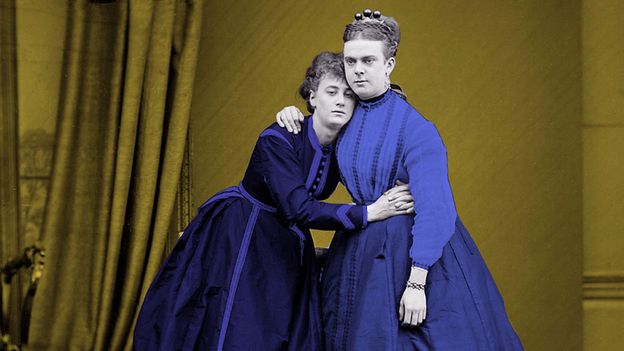
This bigotry has helped suppress from the mainstream historical record a whole queer subculture. And there are some compelling real-life stories that have been all but forgotten – that would surely make for brilliant novels, films, plays or otherwise.
For example, there’s John Cooper, the 18th-Century Englishman who dressed up as his drag alter ego Princess Seraphina and frequented London taverns known as “molly houses”, flaunting himself through the streets with a remarkable degree of openness for a time when gay sex was punishable by execution. Cooper is widely accepted to be the first drag queen in English history – sorry,
Then in 1880, a drag ball took place at the Temperance Hall in Hulme, a district of Manchester. This was attended by 47 men, half of whom were dressed in women’s clothing, all of whom gained access by whispering the code word “Sister”. But the venue was raided by the police and all the men were arrested, prosecuted, and named and shamed in the press. Many of them were ruined. Imagine telling this story to modern-day audiences – imagine the empathy it could ignite, the emotional impact it could make.
Despite fierce persecution, drag culture blossomed around the world. In Berlin between the late 19th-Century and the 1930s, countless cross-dressing balls – known as – took place at various venues. The star queen of the scene was Hansi Sturm, whose act as Miss Eldorado culminated in him throwing his fake breasts into the audience.
In the US, the first person known to describe himself as a “queen of drag” was William Dorsey Swann, a former slave born in Maryland. In the 1880s, Swann hosted several drag balls in Washington, DC, at which he’d be accompanied by his partner, Pierce Lafayette. But after a police raid in 1896, Swann was convicted and sentenced to 10 months in jail.
It was during the early days of these balls that the term “drag” started to be used, although its origins are uncertain. It may have been inspired by the dresses worn by male performers wanting to exaggerate their expression of femininity, wearing dresses that were so heavy they literally needed across the floor.
One story that is widely known is that of 19th-Century English drag queens Fanny and Stella, which was turned into a 2013 bestselling non-fiction book by Neil McKenna – and subsequently, a stage musical. Ernest Boulton and Frederick Park spent years dragging up to perform and sell sex on the streets of London. But in 1870 – after a wild night at the Strand Theatre – they were arrested and charged with conspiracy to commit sodomy. The trial whipped up public outrage, although Boulton and Park were eventually found not guilty because of a lack of evidence that sodomy had occurred.